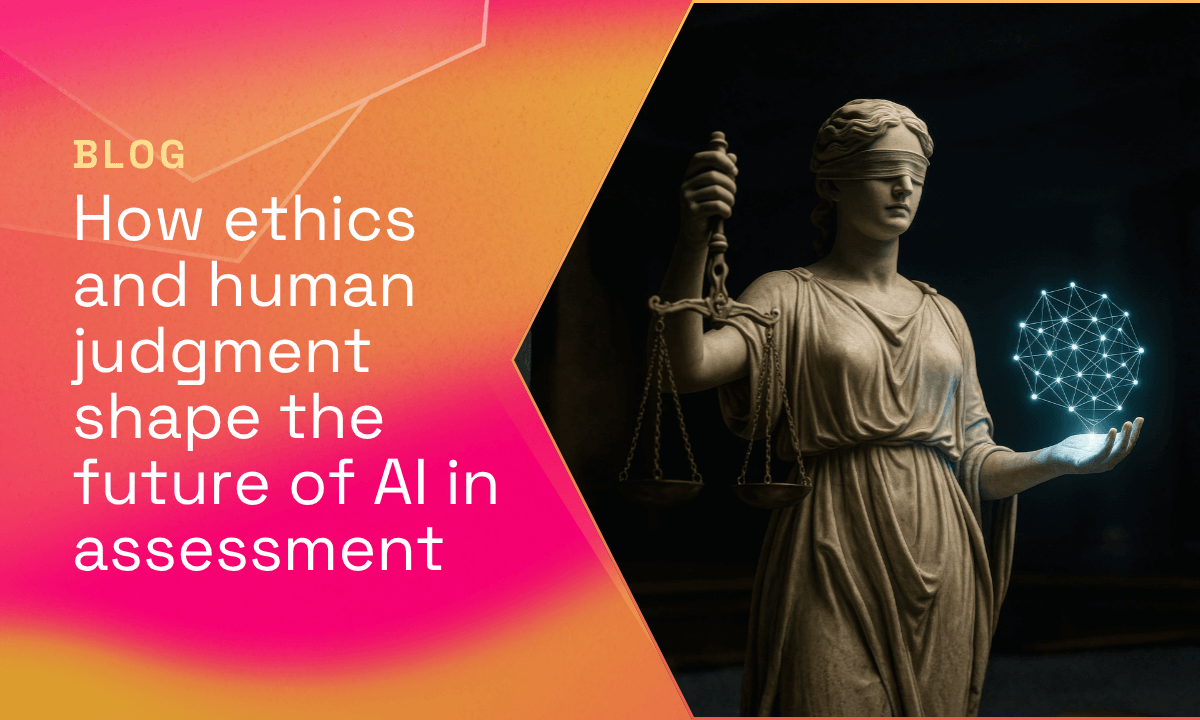How to build effective leadership development programs
Effective leaders are invaluable assets to an organization, contributing not only to growth but also fostering innovation, cultivating a positive work environment, and mentoring new employees. Leadership development programs aim to expand employees' capacity to effectively perform leadership roles within an organization, emphasizing the development and refinement of critical abilities required for key responsibilities.
Why Do Leadership Development Programs Matter?
Leadership development programs are indispensable for organizational success because they play a crucial role in identifying and developing high-potential employees. These programs not only cultivate heightened engagement among team members, fostering a culture of dedication and motivation, but they also aid coaches in measuring leadership competencies and providing essential leadership training for managers and employees. This enables them to navigate dynamic business landscapes with finesse.
Additionally, such programs contribute to developing leadership diversity in the workplace by nurturing the next generation of leaders. Ultimately, robust leadership development programs serve as the ground for effective organizational performance management.

How to Craft Effective Leadership Development Programs in 6 Steps
- Set Objectives: Align program goals with organizational priorities and leadership needs.
- Define Leadership Qualities: Clearly articulate the essential leadership skills and competencies required for effective leadership.
- Audit Current Leadership: Assess existing leaders' strengths and development areas through tools like Deeper Signals Core Drivers Diagnostic.
- Design Learning Experiences: Create diverse learning opportunities, including on-the-job experiences, executive and leadership coaching, and formal training on leadership learning and development.
- Create Personal Development Plans: Tailor leadership development plans to individual leaders, leveraging strengths and addressing weaknesses.
- Measure Program Effectiveness: Use metrics such as employee feedback, engagement levels, retention rates, and leadership performance to evaluate impact and make necessary adjustments.
Crafting effective leadership development programs demands strategic alignment with organizational needs for continuous growth. Integrating tools like Deeper Signals' personality assessments empowers coaches to enhance self-awareness among leaders and teams, facilitating easy identification of competencies and strengths to tailor developmental programs for employees.





























